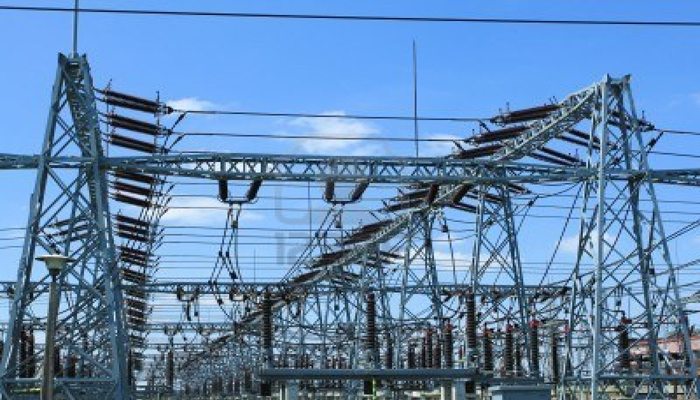THE power sector recorded a drop of 30.01 per cent in the second quarter (Q2) due to poor generation caused by militants’attacks in the Niger Delta, a new report has said.
The report said the attacks led to the shut down of pipelines and the shut-in of gas that powered thermal plants between last April and June.
A report, released by the Transmission Company of Nigeria (TCN), stated the status of power generation and distribution during the period.
According to the report, 2,046,821,132.72 kilowatts-hour (kwh) of electricity was generated in April with average daily output of 68,227,371.09 kwh.
In May, grid output was 1,765,782,918.34 kwh with average daily production at 56,960739.30 kwh while in June production was 1,426,183,518.94 kwh and daily output was 47,539,450.63 kwh.
According to the data, Egbin Power Station made the highest contribution to the national grid with 15.81 per cent, Shell’s Afam VI Power Station came second with 13.81 per cent and Geregu Power station provided the least at 0.46 per cent.
However, Afam I-V, Gbarain, AES, Rivers IPP and Omoku Power Stations operated at zero levels. A new Independent Power Plant, Paras Energy, contributed 0.94 per cent. Paras Energy, on the Lagos–Ibadan Expressway, has a bilateral Power Purchase Agreement (PPA) with Eko Electricity Distribution Company to supply its generated electricity.
Generation output from the thermal power stations, especially those outside the Niger Delta, continued to be adversely affected by pipeline vandalism, the report said.
In May, energy dipped by as much as 13.73 per cent compared to April’s output.
Shell’s Afam VI Power station beat Egbin Power Station by making the highest contribution to the grid with 17.32 per cent.
Egbin came second with 15.63 per cen. The new entrant, Gbarain Power Station (one of the NIPP plants constructed by the Niger Delta Power Holding Company), contributed the least with 0.38 per cent while Olorunsogo Power Station, which contributed 0.72 per cent in April, made no contribution.
Total generation went down by 19.23 per cent in June compared with energy generated in May. However, for the first time, Jebba Hydro Power Station contributed the highest energy into the grid with 15.57 per cent.
Egbin came second with 14.58 per cent, while another hydro station, Kanji power station, came third with 14.58 per cent. Omoku power Station resumed production with the contribution of 0.18 per cent.
Throughout the second quarter, AES Power Station, Rivers IPP, and Afam 1-V did not produce any power. The hydro power stations steadily improved their contributions to the grid in the second quarter from 21.78 per cent in April to 23.10 per cent in May and 32.46 per cent in June.
The hydro power stations made the highest contribution in June. Thermal plants (legacy stations) experienced a marginal rise from 30.71 per cent in April to 31.66 per cent in May and dropped to 28.77 per cent in June.
The National Integrated Power Plants (NIPP) produced 20.72 per cent in April, went down to 17.33 per cent in May and dropped marginally to 17.06 per cent in June.
The most significant difference in contribution during this period under review was in the independent power plant (IPP) group. In April, the group contribution was 26.80 per cent and it went up marginally to 27.91 per cent in May and dropped drastically to 21.72 per cent in June.
During the quarter, the national grid witnessed 14 total system collapses and four incidents of partial system collapse.
“In April, the grid witnessed three instances of total system collapses and no incidence of partial system collapse but in May, the grid witnessed six instances of total system collapses and one incident of partial system collapse while in June the grid witnessed five instances of total system collapses and three incidents of partial system collapse. The incidents of total and partial collapses occurred, especially due to generation limitations,” the TCN said.


 Billionaire Watch3 weeks ago
Billionaire Watch3 weeks ago
 Startups4 weeks ago
Startups4 weeks ago
 News4 weeks ago
News4 weeks ago
 News4 weeks ago
News4 weeks ago
 Bitcoin4 weeks ago
Bitcoin4 weeks ago
 Naira4 weeks ago
Naira4 weeks ago
 Forex3 weeks ago
Forex3 weeks ago
 Treasury Bills4 weeks ago
Treasury Bills4 weeks ago
























